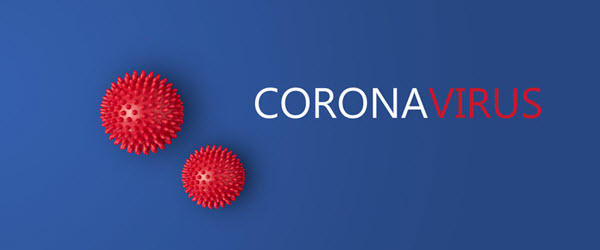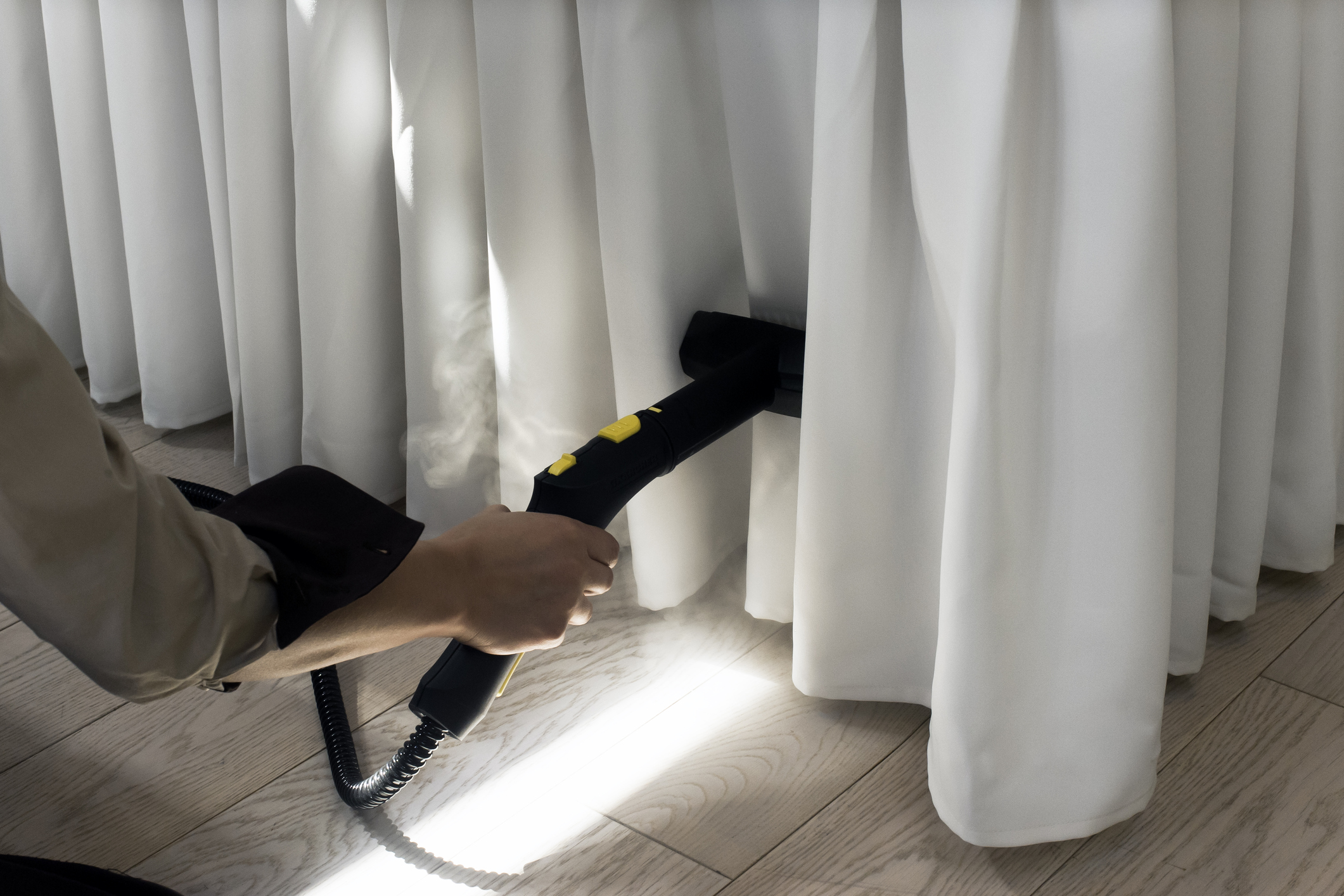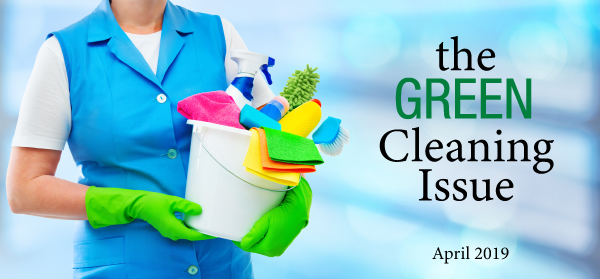Sparky and Fluffy aren’t the only ones hip to the offerings of ‘Chez-Floor’; chemical residue is also a frequent, and potentially fatal, guest.

An Introduction to an Issue
To your pet, your household floor is the place to be! In their four-legged mind, the floor is not just the stuff of hardwood, laminate, and tiles, but a way of life; a versatile landscape that serves as an athletic field, a master bedroom, and a five-star restaurant. Alas, Sparky and Fluffy aren’t the only ones hip to the offerings of ‘Chez-Floor’; chemical residue is also a frequent, and potentially fatal, guest.
Startling Scenarios and Statistics

Thanks to gravity, the over-spray from your favorite cleaning products finds its way to your floor without issue in excess of 2.5 gallons a year. While still a serious threat to humans, it is our dogs, cats, and other pets that are at the greatest risk based on proximity. With every sniff there is chemical inhalation, with every nap there is dermal contact, and with every lick there is ingestion; scenarios that are responsible for 85 percent of incoming calls each year to the ASPCA Animal Poison Control Center.

Be warned: it is important to note that stomachaches or flu bouts are not the symptoms we’re talking about. According the Morris Animal Foundation,one in four dogs will die of cancer – the No. 1 cause of disease related death in dogs over the age of two. Further, unspayed dogs now develop mammary tumors at four times the rate that women do.As is the case with humans, cancer in dogs is often linked to chemical exposure; particularly exposure to alkylphenols which are responsible for the suds in many household products. One theory for these alarming cancer relations and ratios is based strictly on the size of our pets. Given their thinner layers of skin and smaller organs, pets are absorbing and processing these chemicals at a faster rate than their owners – which may explain the rapidly developed cancers and ailments yielded from testing chemical-heavy products on even smaller animals such as mice.
Preventing Problems

Of the more than 80,000 synthetic chemicals in products introduced to the commercial market over the course of the past few decades, nearly 80 percent have not been researched for harmful effects on humans — fewer still have been studied for their effects on pets.
Still, taking pride in your abode comes with ownership – and what type of owner wants dirty dwellings? The ASPCA realizes this, but they also acknowledge that cleaning pet-friendly homes can, and should, be done as safely as possible. A list on their website points out a variety of household items and products that can make the life of your pet (much) less than pleasant. Among those most closely related to cleaning are
Fabric Softeners/Dryer Sheets: The problem with these products stems from ‘Catatonic Detergents’ (surfactants containing positively-charged ions that aid in softening textiles). If swallowed (particularly if the sheet has yet to be used), the product can yield corrosive injuries to the mouth of an animal as well as extensive damage to internal organs and digestive tracks.
Citronella Candles/Liquid Potpourri: Not only do these products have the same ‘Catatonic Detergents’ as Fabric Softeners/ Dryer Sheets, they also contain ‘Volatile Organic Compounds’. VOC’s are compounds of molecules that, when released from a pressurized canister, remain suspended in the air as a form of gas. With this added ‘air-time’, they are often in products that yield scents: perfumes, air deodorizers, and the aforementioned candles and potpourri. VOC’s are believed to be harmful to reproductive systems, the liver, and brain, as well as causing cancer.
Liquid Cleaners (Toilet, Dishwasher): ‘Catatonic Detergents’ make another appearance in these products; this time however, they havemore pH in them (more acidity). As a result, common pet injuries are burns (either on skin or in mouth if swallowed). If consumed in large amounts, damage to the Central Nervous System may occur.
Mothballs: Vomiting, diarrhea, abdominal pain and swelling, brain, liver, and kidney damage, as well as death are all a result of Naphthalene andDichlorobenzene – the active ingredients in mothballs. In recent years The ASPCA has reported as many as 113 cases of mothball poisoning.
Going Green Perhaps by now you’ve learned that terms like “non-toxic”, “eco-safe”, and “environmentally-friendly” are not all they appear (read: sound) to be. So what to do? You don’t want to harm man’s best friend, but you’ve got to take care of that extra layer of grime accumulating in the shower stall. Eco-Labels, a website produced by Consumer Reports and Greener Choices, offers a Green Report Card function to research the active ingredients (see above for those to watch out for!) as well as validity of claims made by marketing organizations and distributors. Terms and ingredients you may want to keep an eye out for include:
Perhaps by now you’ve learned that terms like “non-toxic”, “eco-safe”, and “environmentally-friendly” are not all they appear (read: sound) to be. So what to do? You don’t want to harm man’s best friend, but you’ve got to take care of that extra layer of grime accumulating in the shower stall. Eco-Labels, a website produced by Consumer Reports and Greener Choices, offers a Green Report Card function to research the active ingredients (see above for those to watch out for!) as well as validity of claims made by marketing organizations and distributors. Terms and ingredients you may want to keep an eye out for include:
BAD: Toxic Butyl Cellosolve: Glass and oven cleaners, as well as degreasers harbor this not-so-fun chemical that, in pets, not to mention humans, has been linked to reproductive problems (testicular damage, birth defects in litters). AKA ‘Dowanol’ and/or Ethylene Glycol Monobutyl Ether (EGBE).
USE INSTEAD: Grain Alcohol: Used in a variety of fields and practices such as medicine, automotive and yes, cleaning. Contains strictly water (roughly 10%) and fermented grain.
BAD: Bleach: Bleach is by-product of chlorine – a toxic gas heavier than air. Due to this added density, it tends to accumulate at ground level of poorly ventilated spaces. As you know from reading this article,our pets come into contact with most everything on or around ground level.
USE INSTEAD: H20, Lemon, Hydro Peroxide: Make sure to use ONLY 3% HP products – higher concentrations could be problematic. Even still, adding water and lemon juice to dilute the HP is always recommended,particularly when washing dishes or floors. Side note:3 percent HP is often used by veterinarians to induce vomiting should your pet ingest other chemicals – but we do not recommend this at home, however.
BAD: Phtalates – A family of chemical compounds that give plastic and vinyl products (bottles, shower curtains, plastic toys) their durability or ‘bend’, so to speak, as well as scented items like air fresheners, candles, and perfumes. Studies have potentially linked phtalates to developmental and reproductive organ damage, particularly in babies. *A quick read of a label* is worth the effort! While many times the term ‘Phtalates’ will not appear, ‘Fragrance’ might! This is what you might call a cover term: a word with a commonly positive association used in place of a negative, in this case dangerous, one!
OTHER POINTERS: The Grist Organization, A Seattle-based non-profit that provides environmentally friendly lifestyle tips and news briefs, has compiled a very expansive list of green cleaning info complete with product suggestions and ‘How-To’ guide!
In Review
If we’ve informed, enlightened, invigorated, (or whatever else you see fit) you, then we’ve done our job. As a community of pet-lovers with a desire for the cleaner things in life, it is up to us, as it is you, to take in to consideration the health and well-being of all parties involved – two legs or four! As the world continues to take steps toward an environmentally friendly, ultimately chemical-free, cleaning style, take pride in knowing you’ve got man’s best friend by your side happy and, perhaps most importantly, healthy!







